Tested: KTM’s 2019 MX Range
For the past six years, KTM’s “Factory Edition” machines have offered a window into the upgrades that appear on their following year-model’s production bikes. So after KTM unveiled its Factory Edition 250 and 450SX-F models back in January, it created a widespread expectation that their 2019 production bikes would come with a reworked rolling chassis, sweeping upgrades to engines, new bodywork and seat, and some weight savings. Which, as it turns out, was pretty much on-point. That PR about the Factory Edition bikes, however, offered very little detail, and no information about the two-strokes at all.
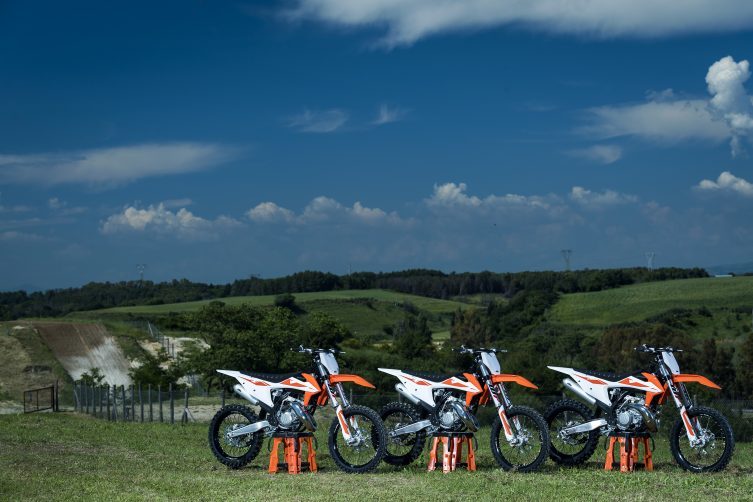
Thankfully, having tested KTM’s 2019 production bike range at the international media launch in Italy, we can now flesh out those missing details. And we can offer a top-line insight into how the updates have translated into changes to the new machines’ performance and character.
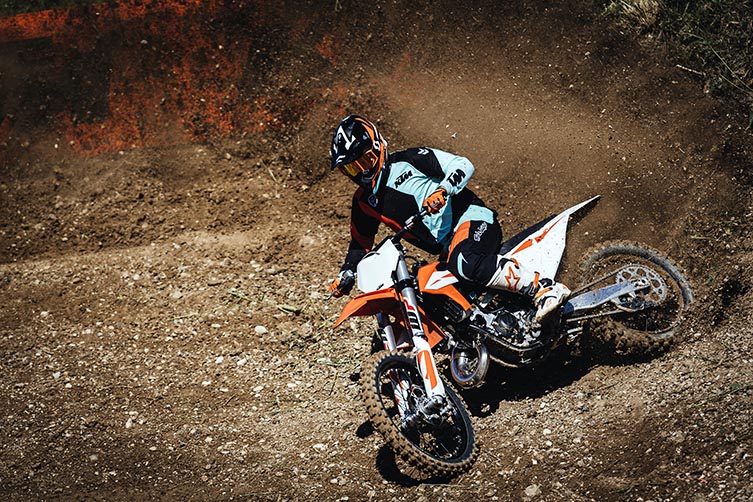
Obviously, we’ll go into more detail in the coming weeks – and again when we get to ride the bikes again on Aussie soil later in the year – but to help put these reworked 2019 bikes in context for the time being, Transmoto’s Andy Wigan filed this rapid-fire, Q&A-style report from Italy.
RIGHTO, HELP ME PUT THESE 2019 MODELS IN CONTEXT
KTM’s last all-new platform – or ‘new-generation’ of MX machines, if you like – arrived in 2016. Every model in that 2016 range (except the 250SX) got completely new frames, suspension, engines and bodywork, and massive weight savings. Since then, KTM hasn’t made any significant mods to their MX bikes. Sure, they fitted WP’s AER air fork across the range in 2016, and introduced a completely new 250SX two-stroke in 2017 (featuring the all-new powerplant, with a counter-balancer). But beyond that, the mods since 2016 have amounted to little more than refinements. Which makes sense because, when you think about it, KTM hasn’t exactly been on the back foot. In fact, the Austrian brand has claimed a bunch of World and AMA titles in recent years. Astonishingly, KTM’s 250SX-F has won nine of the past 10 MX2-class World Championships. KTM is the reigning champ in the World MX1 and MX2 classes (using the 2019-model platform). The Austrian brand has notched up more AMA MX and SX titles than any other manufacturer in the past five years, thanks largely to Ryan Dungey. And in May this year, KTM’s 2019 250 and 450cc engines won the AMA SX series titles, albeit mounted in the Husqvarna race bikes of Jason Anderson and Zach Osborne.
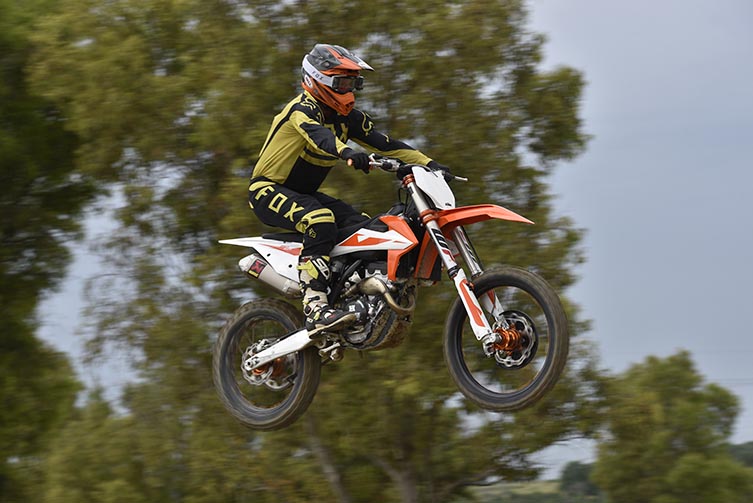
OKAY, SO ARE KTM’S 2019 MX MODELS COMPLETELY REINVENTED OR SIMPLY REFINED?
They’re not new-generation machines, like we saw in 2016, but the 2019 bikes are much more than refined versions of their predecessors. The mods to the 2019 models’ frame, triple clamp, engine, suspension, bodywork and seat all add up to a very significant evolution of the species. In fact, some 60% of the components on the 2019 bikes are new. And when you add in the further weight savings that KTM has found across both two- and four-stroke models, it’s fair to say that, from an overall performance point of view, they’ve evolved drastically for 2019.
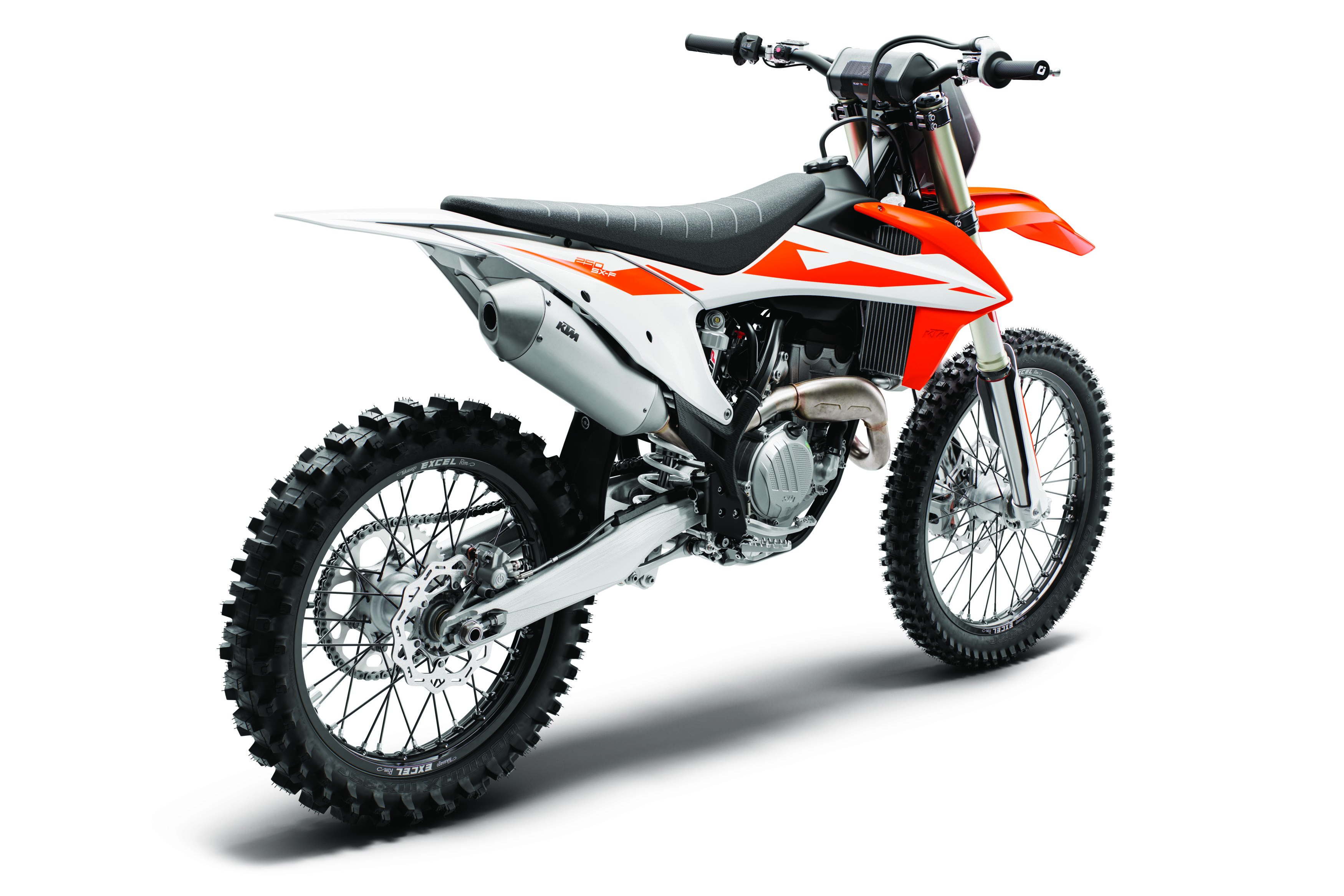
WHAT’S THE CENTRAL DESIGN PHILOSOPHY BEHIND THE 2019 BIKES?
In recent years, mass centralisation (and the handling benefits it generates) has been front and centre for KTM’s design team. And that obsession led to radical changes in the position of the bikes’ heaviest rotating masses – the engines’ crank and clutch shafts – on the 2016 models. For 2019, mass centralisation is still on the radar, and it has been achieved via lowering the radiators and completely redesigned exhaust systems this time around. But weight reduction, rider interface with the bike, and rideability have all become the design team’s primary areas of focus. KTM knew that they already had the lightest and most powerful machines in their respective classes – and in some cases, by some considerable margin – so their focus shifted to evolving and refining the bikes’ ready-to-race pedigree, without compromising rideability for average riders.
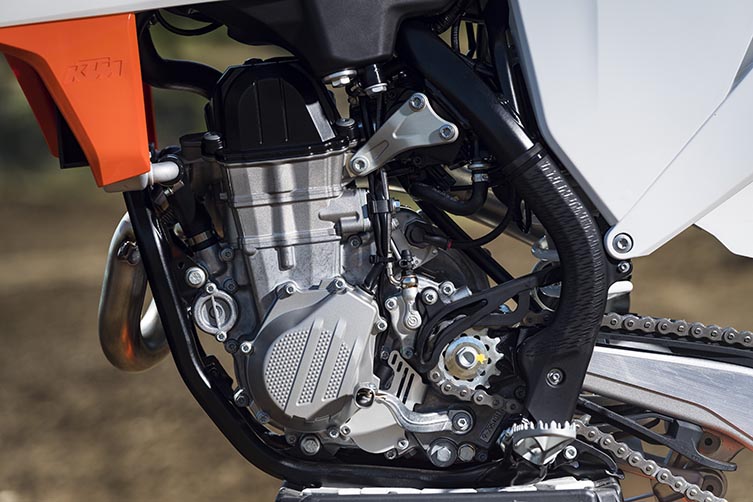
WHAT ARE THE MOST SIGNIFICANT CHANGES FOR 2019?
To the untrained eye, the 2019 frame doesn’t appear too different to its predecessor, but it is. Some 50% of its component parts are new, and with 10 to 15% more torsional rigidity (depending on the model), the result is noticeably more straight-line stability and a machine that’s more resistant to being knocked off-line. The 2019 bikes don’t necessarily steer more sharply, but when the frame mods are coupled with the redesigned triple clamps and refined suspension settings, they are more predictable and confidence inspiring through turns, particularly on corner entry. The mods to WP’s AER fork and Dual Compression Control shock (both the design and the settings) produce a plusher and more progressive action at both ends, with better bottoming resistance. And the engine upgrades that both the two- and four-stroke models receive makes them even more rideable. But to our mind, it’s been the sweeping mods to the 2019 bikes’ ergonomics – to the bodywork’s shape and its contact points with rider, and the all-new seat – that create the most noticeable change to the bikes’ feel out on the track. That and the fact the weight savings and mass centralisation make all six models noticeably more agile to flick from side to side and easier to throw around in the air.
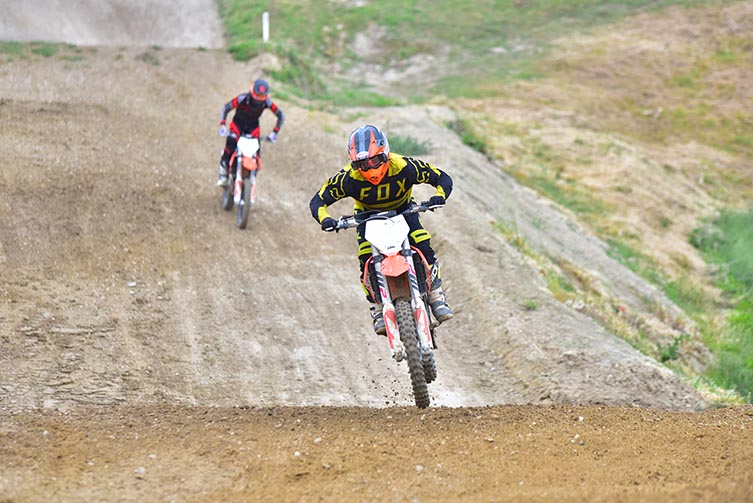
HOW DO THE FOUR-STROKES RIDE?
The 2019 250SX-F and 350SX-F may have a new exhaust, DS (Diaphragm Steel) clutch and transmission, and revised EMS, throttle body and electrics, but on the track they don’t feel a lot different to their predecessors in the power department – which is not an issue because these machines already pump out the best power figures in their class. That said, the 2019 models do seem to respond better to the addition of an aftermarket muffler (which a few bikes were fitted with at the launch), and their aggressive map option (Map #2) seems to give them an added shot in the arm. Plus, with more efficient cooling systems for 2019, the high-revving 250 and 350SX-F will be less susceptible to performance fade when the going gets tough in wet or sandy conditions.
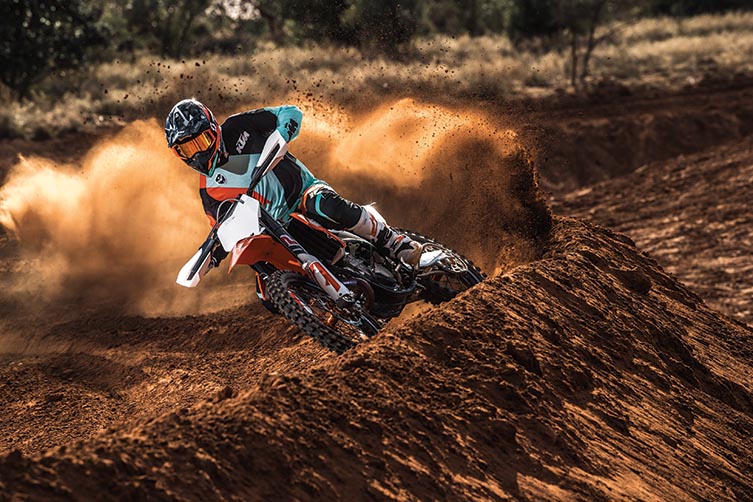
The 2019 450SX-F’s performance gains are more apparent. In addition to the mods to airbox, exhaust and mapping, the headlining change for the 450’s SOHC engine (whose completely redesigned cylinder head is 15mm shorter than its predecessor!) has given this already impressive powerplant broader power and better throttle response, especially at lower revs. For a donk with so much raw grunt, it’s amazingly forgiving and user-friendly. Plus the proven DDS clutch (Diaphragm Damped Steel, as opposed to the 250/350’s Diaphragm Steel) helps get all that horsepower to the ground in a smooth way to maximise tractability. Combined with the weight savings (a 550g reduction in the cylinder head alone!) and mass centralisation, the 2019 450SX-F also seems to have taken the biggest step forward when it comes to agility. It now tips the scales at just 100kg (fluids, but no fuel), which is only half a kilogram heavier than the 350SX-F. To put that in perspective, the next lightest 450cc MXer is about 5kg heavier (Kawi’s KX450F, which doesn’t have an electric starter), while some of KTM’s 450-class rivals are now 8-10kg heavier! In other words, Suzuki’s 109kg RM-Z450 needs to punch out an extra 4hp if it wants to match the KTM’s power-to-weight ratio!
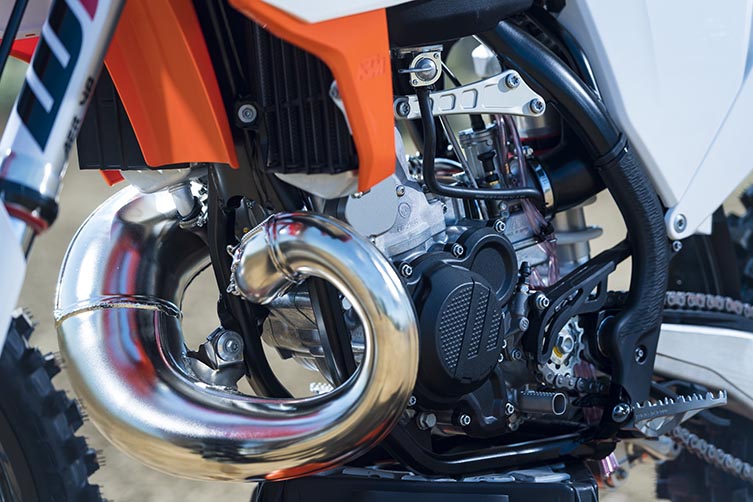
HAVE THE TWO-STROKES ALSO IMPROVED NOTICEABLY?
In a word, yes. KTM’s 125SX has been the standout in its class for many years, and the sweeping mods made to the 2016 model extended that advantage. For 2019, the revisions to the airbox, inlet tract, expansion chamber and jetting combine to make the 125’s power even broader and more responsive. The 150SX generates its most obvious gains over the 125 engine in the mid-range. It doesn’t have more usable power at low or high revs, but it gets into the meat of its power earlier and with more punch than the 125. Meanwhile, the new DS (Diaphragm Steel) clutch retains that super-direct feel of the conventional six-spring clutch, and by saving more than 300g, it gives these 2019 engines more throttle response. The new Pankl transmission for 2019 makes for slicker shifts, plus, according to KTM, improved durability.
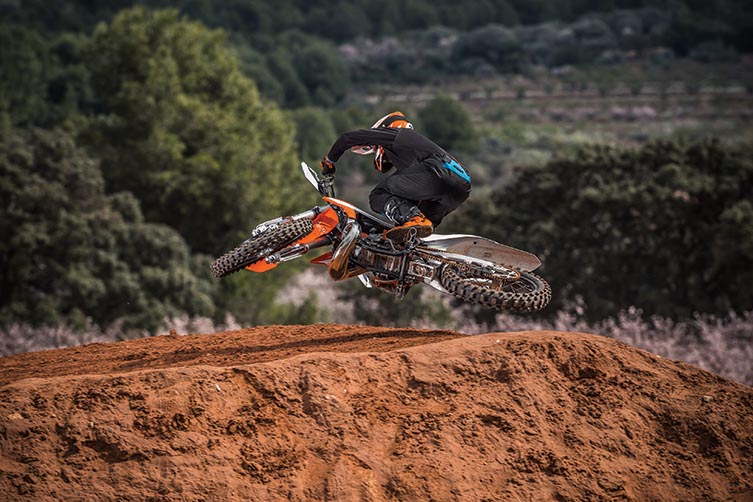
With the 2019 250SX receiving similar mods – in particular, the exhaust system’s all-new expansion chamber with an oval cross-section – it also generates noticeably more power than its predecessor, with most of those gains at lower revs. Also worthy of note is the fact that the 250SX’s more compact expansion chamber gives it more clearance when the bike’s cranked over through deep ruts.
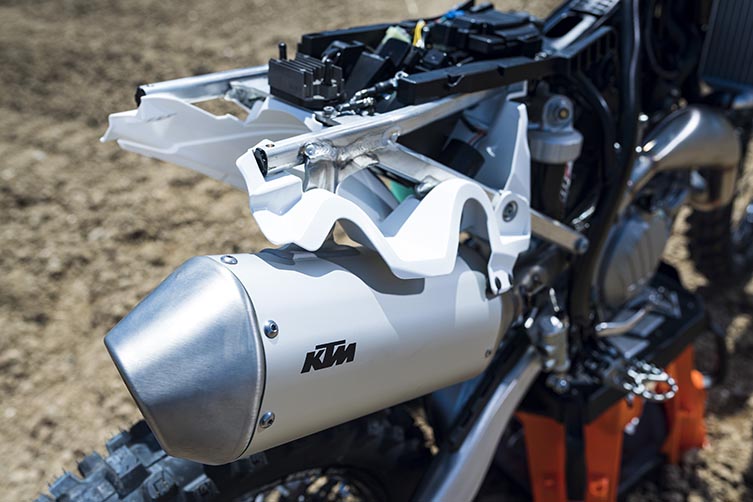
WHAT ABOUT ANY SMALL MODS THAT HAVE MADE A BIG DIFFERENCE?
As always, both God and the devil are in the detail. And when you’ve got bikes that the lightest in their class, it’s clear that KTM’s design team is more immersed in the detail than most. Here are a few examples of what we mean:
- By moving the exhaust flange forward (the exhaust’s muffler and header pipes now join adjacent to the cylinder head, not near the rear brake master cylinder), shock absorber removal is now much easier. You no longer have to go through the annoying process of removing the muffler and loosening the header simply to drop the shock out of the bike. The exhaust junction is now supported by a nifty little bracket that hangs off the engine mount, and combines rubber bushes and an eyelet for the exhaust spring to attach to.
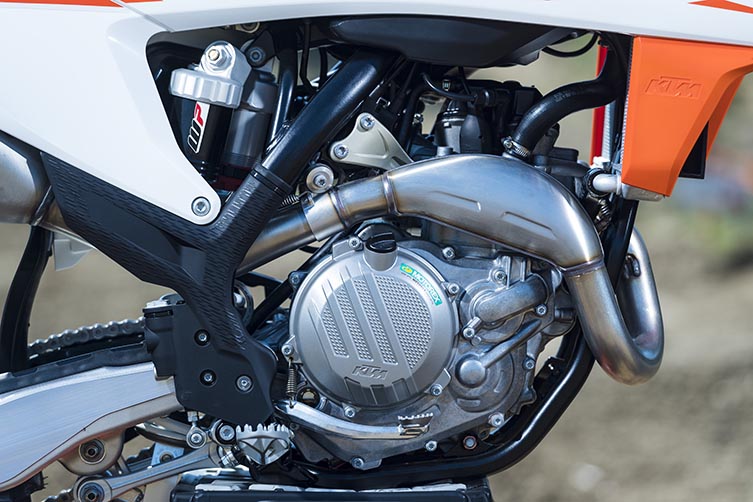
- KTM’s seats have not been everyone’s favourite perch over the years. They’ve always been either too slick and slippery or too hard and abusive on your arse. For the 2019 bikes, the seat is all-new and the product of much R&D. It’s got noticeably more depth and padding, and a series of silicon beads bolsters grip levels without tearing the arse out of your riding nylons.
- The swingarm has been lengthened by 5mm (behind the rear axle) to accommodate a bigger range of wheelbases. With previous year-models, if you wanted to add another link or two to your chain, you couldn’t move the rear axle back far enough to get the correct chain tension. With the 2019 swingarm, you can.
- The subframe has been extended slightly to give the rear guard more support when it’s laden with mud. This also comes in handy for lifting the bike on and off the stand, because the new plastics make it impossible to get your fingers in those seams on the edges of the rear guard.
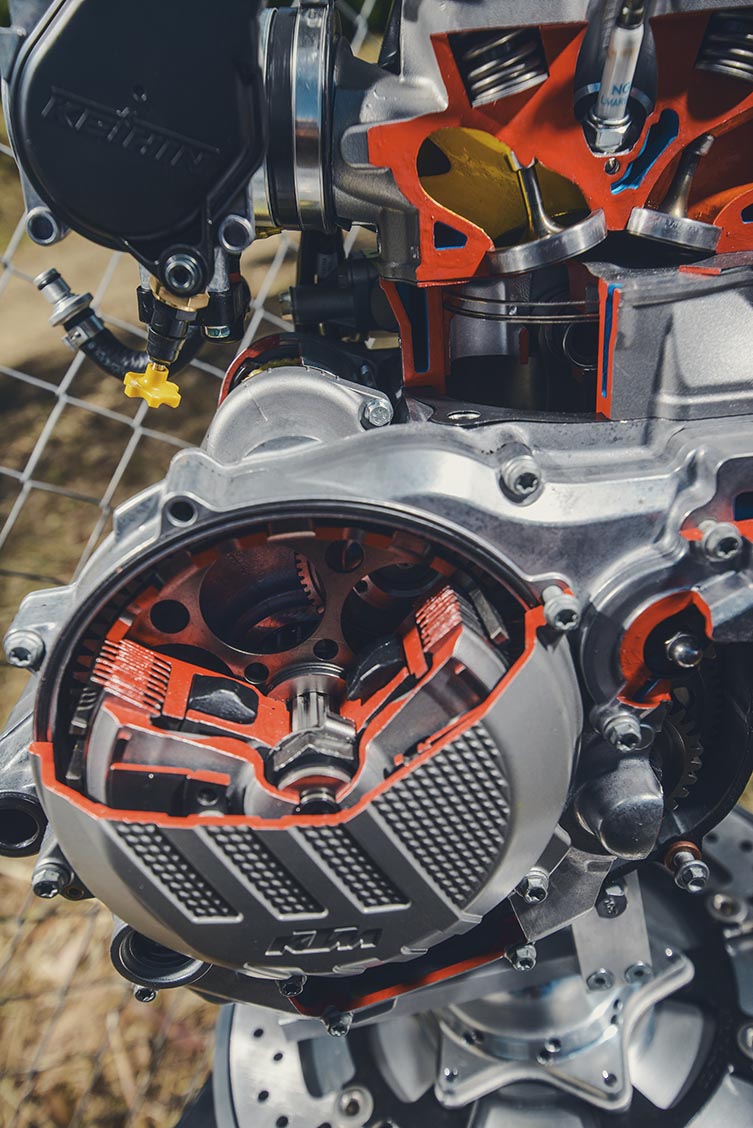
- A stronger lithium ion battery has been fitted for 2019, and the electrical harness now all sits on the one plastic tray, including the capacitor and reg rectifier. This makes it easier to remove the bike’s entire wiring harness in one hit, and KTM claims the relocation of capacitor and reg rectifier will eliminate the failures they’ve experienced in these components (previously caused by vibration).
- Huh? A motocross bike with a sidestand? Well, kind of. KTM took the old rear-axle triangle stand and brought it into the new Millennium by designing an ingenious product that acts as both a sidestand and a brace/chock for the bike’s air fork for transportation. It even comes with a couple of handy clips designed to secure a T-bar. Like the WP fork pump, this “plug-in stand” comes standard with KTM’s 2019 MX models.
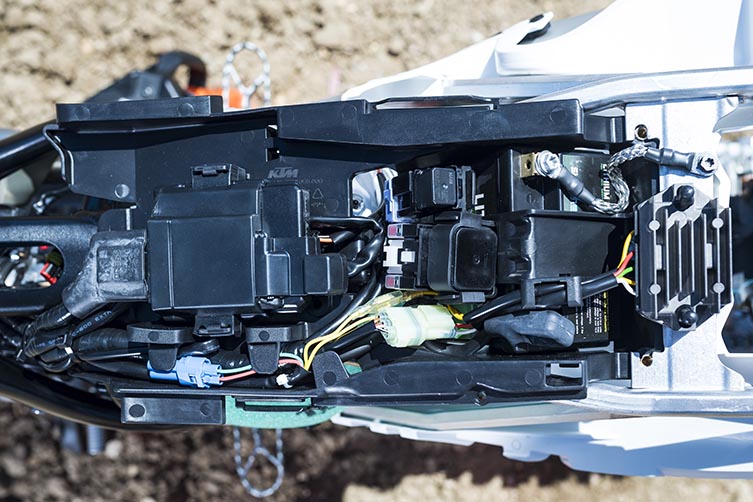
WHEN ARE THE 2019 BIKES DUE IN OZ, AND WHAT WILL THEY COST?
According to KTM Australia’s National Brand Manager, Tam Paul, “We expect a limited supply of the 2019 models to arrive in Australian dealers around early July, with increasing availability in August and September.” Paul couldn’t be drawn to comment on prices for the 2019 machines, but with the Aussie Dollar’s exchange rate against the Euro coming under pressure in the past six months, we wouldn’t be surprised to see some price increases across the board for KTM’s 2019 model range.
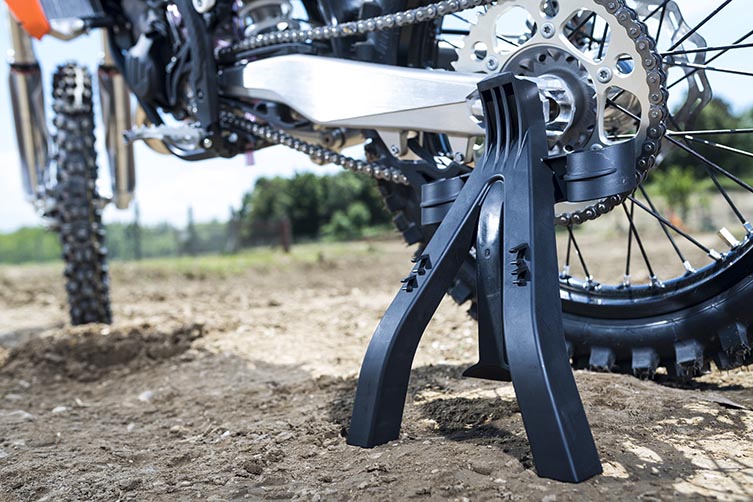
WHERE CAN I GET MORE DETAIL ABOUT KTM’s 2019 BIKES?
For detailed information about the mods made to KTM’s 2019 MX models, go to www.ktm.com.au. And stay tuned to Transmoto’s website over the coming weeks, when we’ll offer more detailed insights in the 2019 bikes’ performance, and bring you fascinating interviews with the key members of KTM’s design team in Austria.
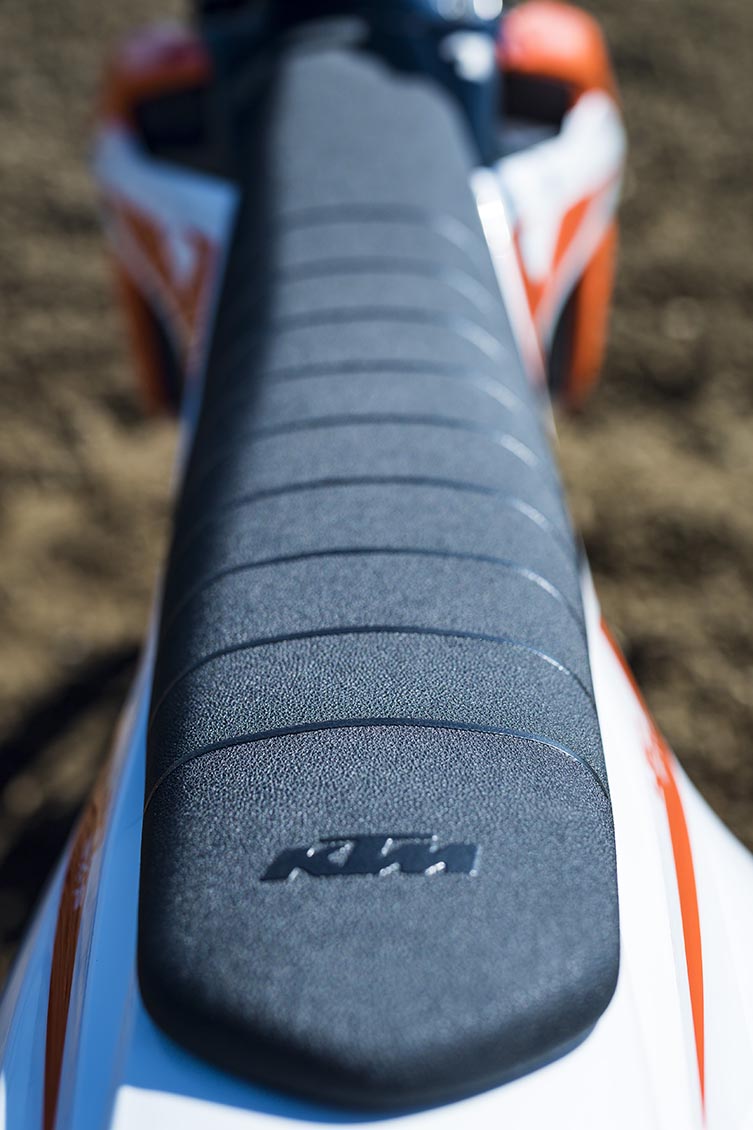

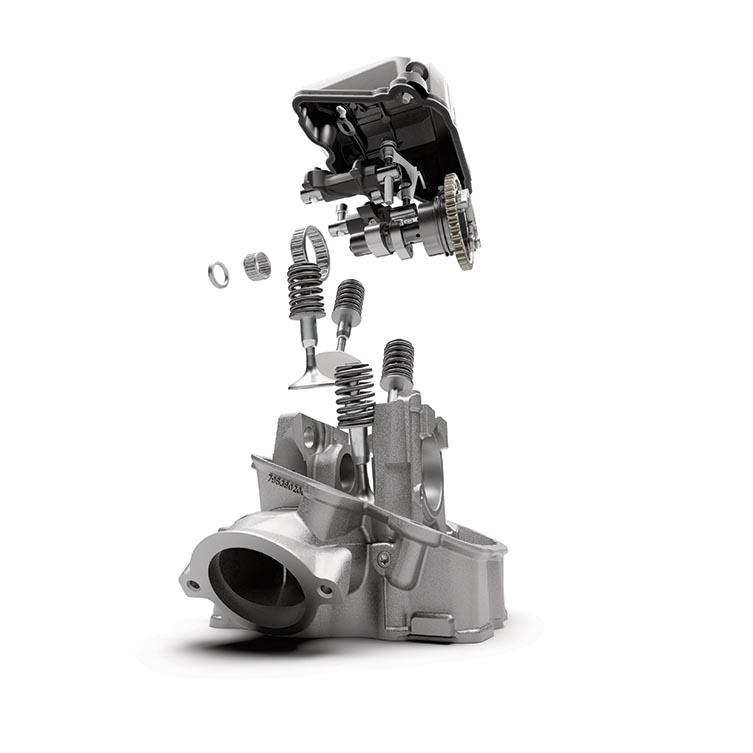

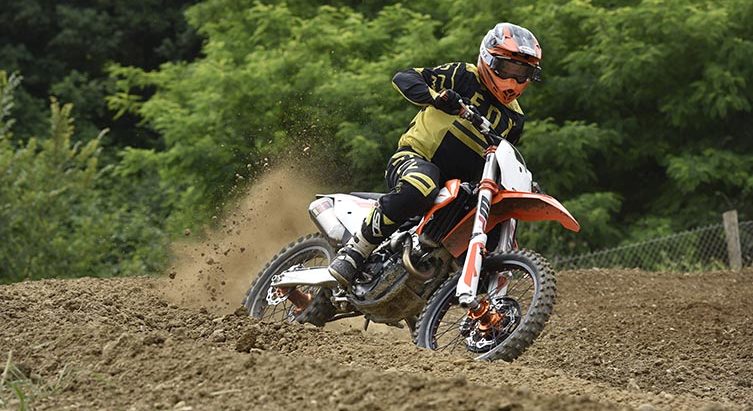


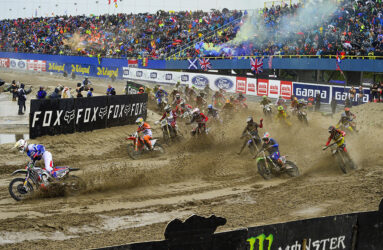
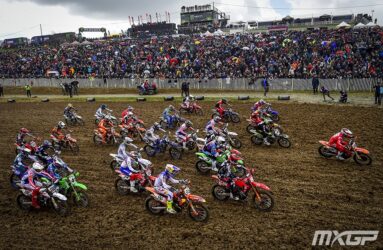




Be the first to comment...